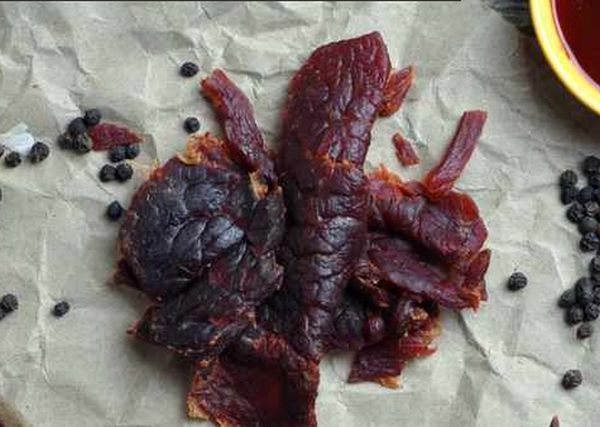Any good foodie knows that taste is king when it comes to the meals you’re preparing for you and your loved ones. If you’re a foodie parent, you’re especially focused on making sure the snacks and meals you feed your children are packed with as many vitamins and nutrients as possible to help them stay healthy and grow. The importance of this has become ever more apparent, having now made it through a historic global pandemic. If you’re struggling to make sure that you and the ones you care about are getting the most nutrient-dense meals possible, read ahead for some easy ways to make that happen.
1. Eating The Rainbow
You may be wondering what exactly “eating the rainbow” means. Eating the rainbow is pretty simple to do – you want to be eating a variety of fruits and vegetables, which, as we all know, come in many different and beautiful colors. Did you also know that there is a myriad of vitamins, antioxidants, minerals, and phytochemicals in produce that all have immense positive impacts on our bodies and brains? So, when you are preparing foods from the entire spectrum of the food supply, it’s easy to know that you are consuming many essential vitamins that are important for your overall well being.
2. Tackle Picky Eating
If you find yourself preparing meals for especially small children, tackling picky eating as soon as you see it rearing its head is the best way to get them on board with eating healthy food. Not nipping this type of food pickiness in the bud can lead to adolescents that are picky eaters and can last well into an adult. While not everyone will end up with a broad palette, it’s essential to keep it as far from narrow as possible. The easiest way to do this is to get them involved in the culinary process. Wasting food is never a good idea (for so many reasons), so it’s alright to start with pretending food that they can cut and wash themselves – just make sure you’re using the same “ingredients” that you’re cooking with alongside them. As they get older, teaching them skills like cutting, stirring, and seasoning is fun for both you and them. Even non-culinary acts like involving them in setting the table or helping decide on the menu can keep children excited about what’s going into their bodies. And, lastly, as you eat dinner together, explain to them the value of the foods they’re eating and how it helps them grow stronger and smarter.
3. Supplement Sometimes
No matter how healthy our diets are, it’s never a bad idea to supplement that healthy diet. For example, most American adults are deficient in both Vitamin D and Magnesium, so it’s a good idea to have multivitamins for the children and adult gummy vitamins on hand to supplement the things of which you may not be getting enough. While Kale is delicious and packed full of Vitamins A and C, a small serving still doesn’t touch your daily recommended amount. And, let’s face it, not everyone is eating Kale every day, let alone most of the “superfoods.” So, it’s best to supplement your diet as needed. And, of course, you want to check with your doctor before adding any supplements and vitamins to your daily routine as some may interact with medication you’re already taking, though this is very rare.
4. Superstar Status
Speaking of “superfoods,” there are several that are not only delicious but beyond easy to incorporate into your day-to-day eating habits. Research has shown that consuming superfoods – that is, foods that contain the most bang for their buck, so to speak – can lead to a dramatic reduction in heart disease, stave off diabetes, and certain cancers. The superfoods you want to be getting daily are berries, leafy greens, cruciferous vegetables, yogurt (probiotics, hello!), whole grains, and nuts. These foods will make sure you stay in top immunity and peak overall health. During the coronavirus pandemic, we’ve learned that eating an anti-inflammatory diet not only showed protection in developing the disease but also showed serious healing potential for those that did catch it. But, you don’t need the threat of illness to eat healthily.
At the end of the day, it’s up to us to safeguard our health, and the easiest way to do that is not through the pharmacy; it’s through the farmer. So make conscientious choices every day to consume the most vitamin-rich foods and encourage your families to do the same. Even better, show them just how easy it is to do so. Bon Appetit!
Article Submitted By Community Writer




